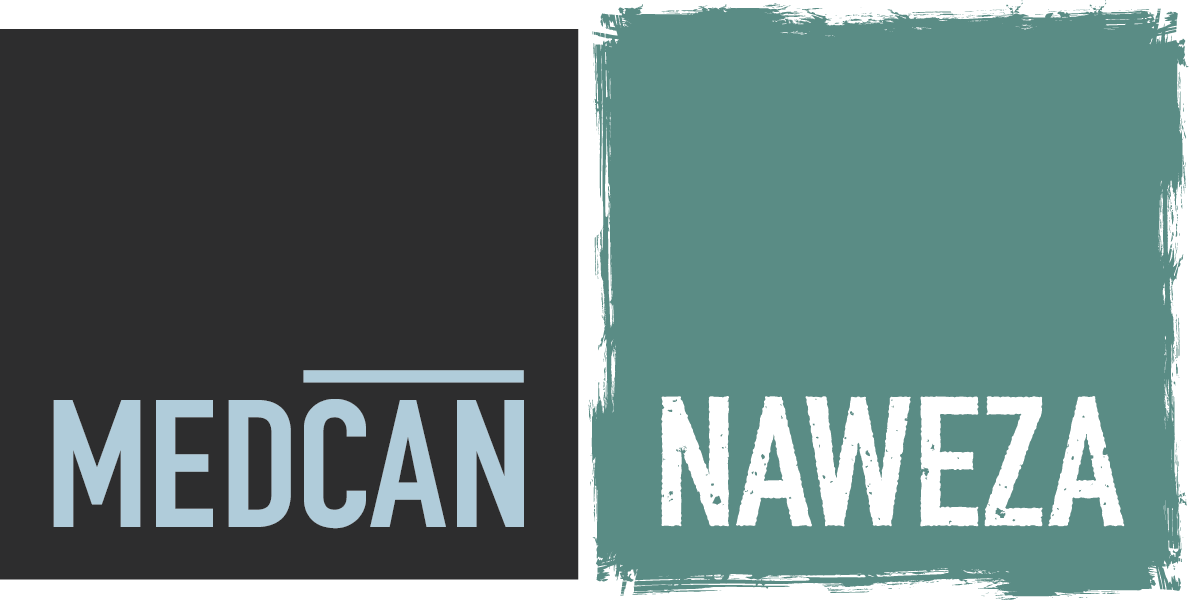Working in Kenya as part of the Naweza project has been a fantastic experience.
My first trip (the second Naweza expedition) was full of unknowns and questions. Dr. James Aw and Stacy Francis approached me and said that the clinics and communities they visited had immense need for basic care in musculoskeletal (MSK) medicine and that they needed my help. Despite their encouragement and reassurance, I was very unsure and even skeptical. What was the need for musculoskeletal medicine? Where and how could I help as a sports injury specialist chiropractor?
Well… as you have read from the other postings in the blog, there is a huge need for education and treatment in the field of muscle and joint injury here in Kenya and for that matter throughout Africa. In fact, the World Health Organization (WHO) as part of the research on the global burden of disease has identified musculoskeletal conditions as one of the growing and largest causes of disability worldwide. Low back pain and other spine related conditions as well as knee osteoarthritis are among the most common causes of this MSK related disability.
This empirical evidence was very much supported during my first expedition, and between the two clinic locations I saw patients into the hundreds. Cases ranging from the simple and minor up to the complex and strange. Lots of knee osteoarthritis and low back mechanical pain, but also the rare cases of poorly managed juvenile rheumatoid arthritis and unhealed complete fracture of the humerus (upper arm bone). The patient cases truly ranged all across the spectrum of MSK injury and disease. Unfortunately the typical treatment from Kenyan clinicians was only to repetitively provide non-steroidal anti-inflammatory drugs (NSAIDs), no condition education, no self-care management strategies, and no rehabilitation. Not only does the sustained use of NSAIDs have potential health complications, evidence would suggest that in the vast majority of uncomplicated MSK conditions treatment should be focused on education regarding self-care/management and rehabilitation.
My second trip has been just as interesting as the first and has remained a learning experience. I have continued to progress on my goal of educating the local nurses and clinical officers on conservative evidence based management of MSK injuries and conditions. Very exciting is that one of the Fluorspar clinical officers has expressed a strong desire to work personally with me and to learn as much as he can regarding MSK diagnosis, treatment, and rehabilitation. He has stated that he would like to pursue further education as a physiotherapist or to become a doctor of chiropractic. He plans to start this road by first taking a nurse clinical officer course in orthopaedics. He has also asked for medical papers and textbooks on the various aspects of MSK medicine, and the Fluorspar Clinic has proposed a renovation plan for an existing room structure to use solely as an MSK rehabilitation space.
The new proposed MSK space
From the outside
For me this has been very exciting and rewarding. Educating the local team is one of two key avenues to making a sustainable and useful change in the local community. The second avenue is to do community facing educational talks surrounding common MSK conditions. Targeted information sessions including condition education and self-care strategies on topics such as knee pain and low back pain. I am hoping in the next two days to train the Fluorspar clinical staff on how they might be able to lead this type of community education session.
Overall, the Medcan Naweza team has made a noticeable impact on the medical practices here at Fluorspar and I have enjoyed learning and collaborating with both my Naweza colleagues and my Fluorspar colleagues. Still much to do, but we have made quite the start and the possibilities for future progressions and initiatives are very exciting.
- Andy Miners


